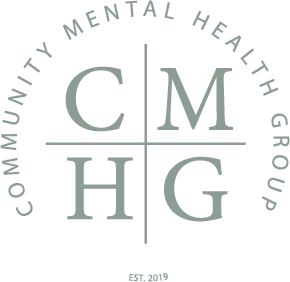What is EMDR Therapy?
EMDR = Eye Movement Desensitization and Reprocessing. This psychotherapy treatment was originally developed by Elizabeth Shapiro in the 1980s to diminish the distress that is linked with traumatic memories. Many studies show that EMDR therapy can help to expedite a healing process that could take traditional psychotherapy years to accomplish, and is considered to be one of the most effective means of treating trauma and PTSD. While most major studies point to the high success rates among clients with PTSD, EMDR is now widely being used to treating “everyday” memories that cause people to have low self-esteem, recurring problems in relationships or jobs, phobias, as well as many other struggles that bring people into therapy.
EMDR therapy is an 8 phase treatment process. Early sessions often involve evaluations to determine the best course of treatment, history-taking of the problem, and discussions about family history. Subsequent steps and phases involve the client learning multiple ways of handling emotional distress, identifying visual images related to the memory, a negative belief about self and related emotions or body sensations. Reprocessing is the most active and intense phase of treatment, which is when a therapist will use eye movements (or other sensory stimulation) to assist clients in desensitization of the memories or experiences. The therapist asks the client to grasp different parts of that event or thought in mind and use their eyes to follow the prescribed sensory stimulation as it moves across the client’s field of vision, and report back. During the final phases a therapist might ask a client to keep a log or journal to track progress. The overall net effect of successful EMDR therapy ends with the client feeling empowered by the same experiences and memories that previously degraded them.
At Community Mental Health Group, Dr. Taryn Feuerberg and Kellie Cuadras are trained in EMDR (both in the process of being certified) and have been working with clients who are seeing the benefits. EMDR is a reimbursable treatment option with most insurance companies for those with specific diagnoses.
